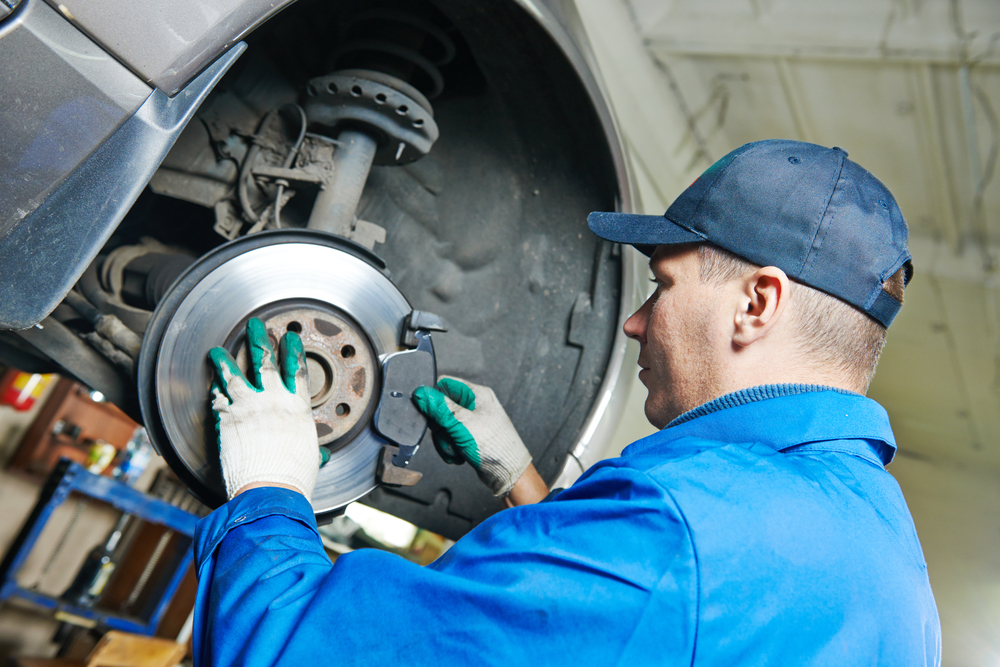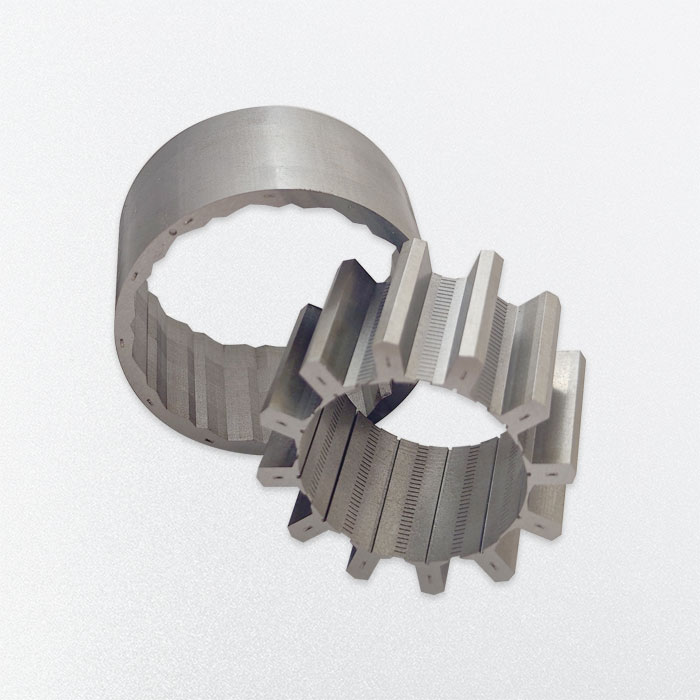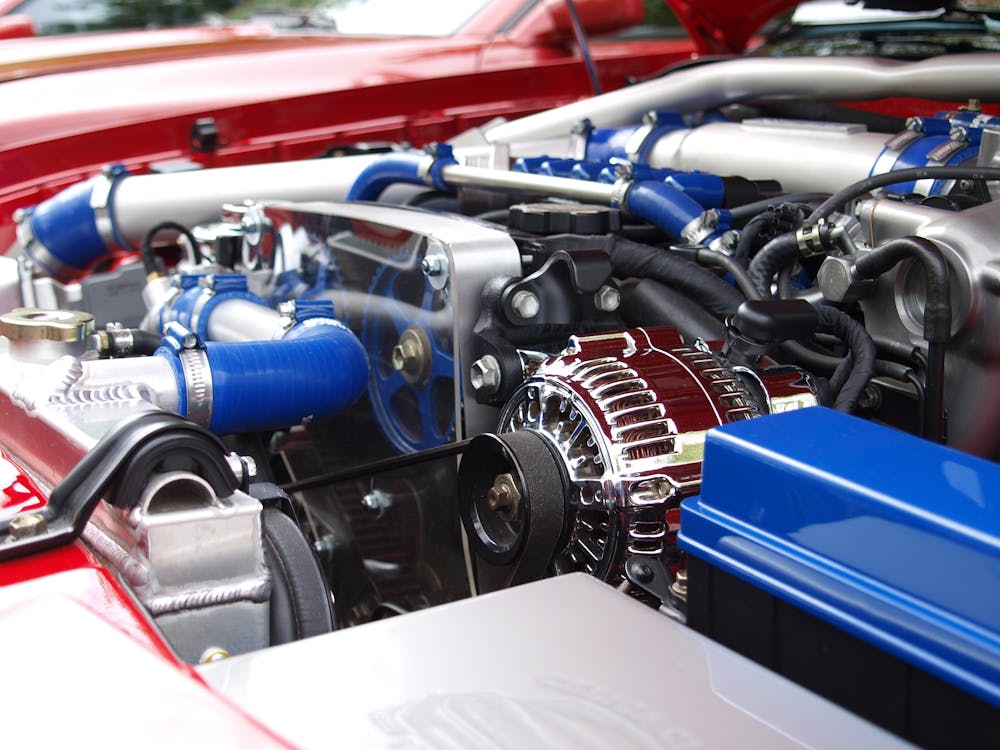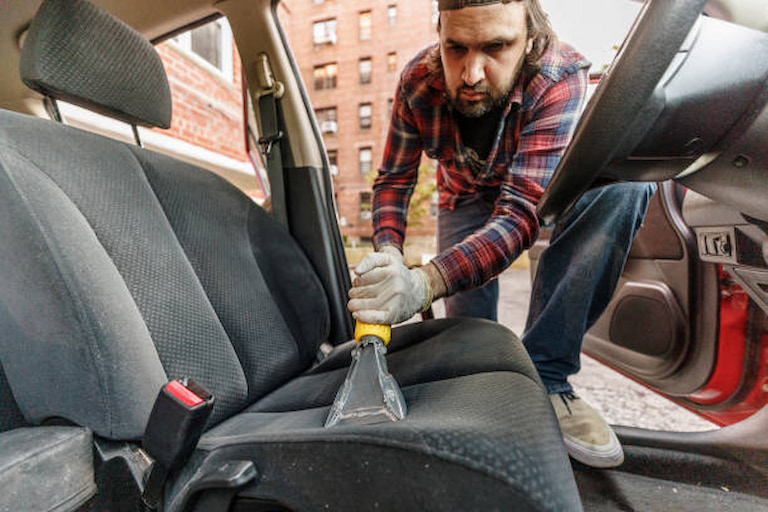Your diesel truck would be nothing without a set of robust tires. There’s no set rule in terms of how often you should replace your tires. It depends on how you store your truck, where use it, and how often you have your tires rotated. Tires start to wear down after six years shouldn’t be used longer than ten years. You’ll know it’s time to replace your tires when the tread is worn down to a nub. Your tires will wear down faster if you like to drive off-road or fall behind on routine maintenance.
Using the wrong type of tire of one that’s past its prime can result in all kinds of problems behind the wheel. About 9% of vehicle crashes are tire-related, according to estimates from the National Highway Traffic Safety Administration. Learn how to choose the right type of tire for your needs.
Table of Contents
Different Types of Truck Tires
Truck tires usually fall into one of three categories:
H/T (Highway Terrain) Tires
Highway Terrain tires are designed for flat, smooth surfaces and peak speeds. They come with a minimal tread pattern with small channels between the tread blocks to reduce tread noise. They also come with semi-closed shoulders for a quieter ride. H/T tires tend to have a long shelf life, especially if you use them as intended. They also provide a fair amount of protection in wet conditions.
M/T (Mud-Terrain) Tires
On the opposite end of the spectrum, you have Mud Terrain tires. They are designed for rugged, off-road conditions, including deep mud, snow, and steep rock. The tread pattern is much more aggressive with open shoulders for increased traction. The tread blocks are also larger to create more surface area. They also come with deep grooves for pushing debris to the sides. They tend to be much noisier than H/T tires but that shouldn’t be a problem when you’re cruising through the wilderness.
A/T (All-Terrain) Tires
All-Terrain, or All-Weather, tires combine the best of both worlds. They are safe to use on and off the road, a practical choice for versatile drivers. The tread pattern is less aggressive, so you won’t stand out as much on the road. It has medium-sized channels in between the tread blocks and open shoulders for more traction in the mud and snow. The blocks come in varying sizes to reduce noise and increase versatility. They work in all types of conditions but produce more noise than H/T tires.

Factors to Consider:
So, which type of tire is right for you? With so many brands and models to choose from, it’s hard to know where to start. Use these tips to keep them all straight:
-
Weather
Regardless of how you plan on using your truck, your safety should always be your number one priority. Climate change is only making extreme weather worse and more common, so it’s best to be prepared for anything that comes your way. Consider the local climate in your area. If the winters are particularly brutal or you live in a flood zone, consider going with All-Terrain tires for better traction in hazardous conditions. If you live in a moderate climate and rarely leave your hometown, you should be fine with a set of highway tires.

-
Terrain
Consider where you plan on driving your vehicle. Try to break down your driving habits based on the terrain. For example, let’s say you spend 50% of your time driving to and from work, 30% of your time exploring off-road, and 20% of your time dealing with extreme weather. In this case, we suggest going with A/T tires to reap the benefits of off-road tires without compromising on-road performance. However, if your truck spends most of its time in the mud and you use another car to commute to work, go with M/T tires for more off-road cruising.
Off-road driving can put stress on your truck in other ways as well. It can overwhelm the exhaust gas recirculation system if the engine gets too hot. Find replacement EGR coolers as needed when driving off-road.
-
Versatility
Your tires shouldn’t limit where or how you drive. If you like to drive all over or aren’t sure where your vehicle might end up next, go with all-terrain tires to keep your options open. You can’t go wrong with A/T tires, especially if you love the thrill of the open road.
-
Brand Reputation
Consider the brand or manufacturer when choosing a new set of tires. Experienced drivers say, Michelin, Goodyear, Cooper, Bridgestone, and Pirelli tend to make the best tires on the market today. Check when the tire was made to make sure it isn’t past its prime. If you don’t recognize the manufacturer or can’t find the name, head to a licensed dealer instead.
-
Size and Compatibility
You also need to make sure you use the right size of tire for your vehicle. Check the user manual or manufacturer’s guidelines to see if your chosen tires are compatible. Using the wrong tire size if flat-out dangerous. If the tires are too tall, they will rub against the wheel well, which can lead to steering issues. Overly wide tires will also lead to steering and control issues. If the tire is too thin, it may not be able to support the weight of your vehicle. If you want to add larger tires to your truck, you will need a lift kit.
Changing your tires can change the way your vehicle handles. Test out your truck before heading out for your first trip. If you notice the engine rising and falling during your ride, there may be a problem with the injection pressure regulator. Find replacement IPR valves to correct the issue.
Replacing your tires is just one of your many duties as a truck driver. Find replacement diesel parts if your vehicle needs additional repairs. If your tires keep going flat, remember to check the pressure often. Use a tire pressure regulator to prevent unexpected breakdowns.














:max_bytes(150000):strip_icc()/GettyImages-522272311-5949bdc15f9b58d58a035319.jpg)
